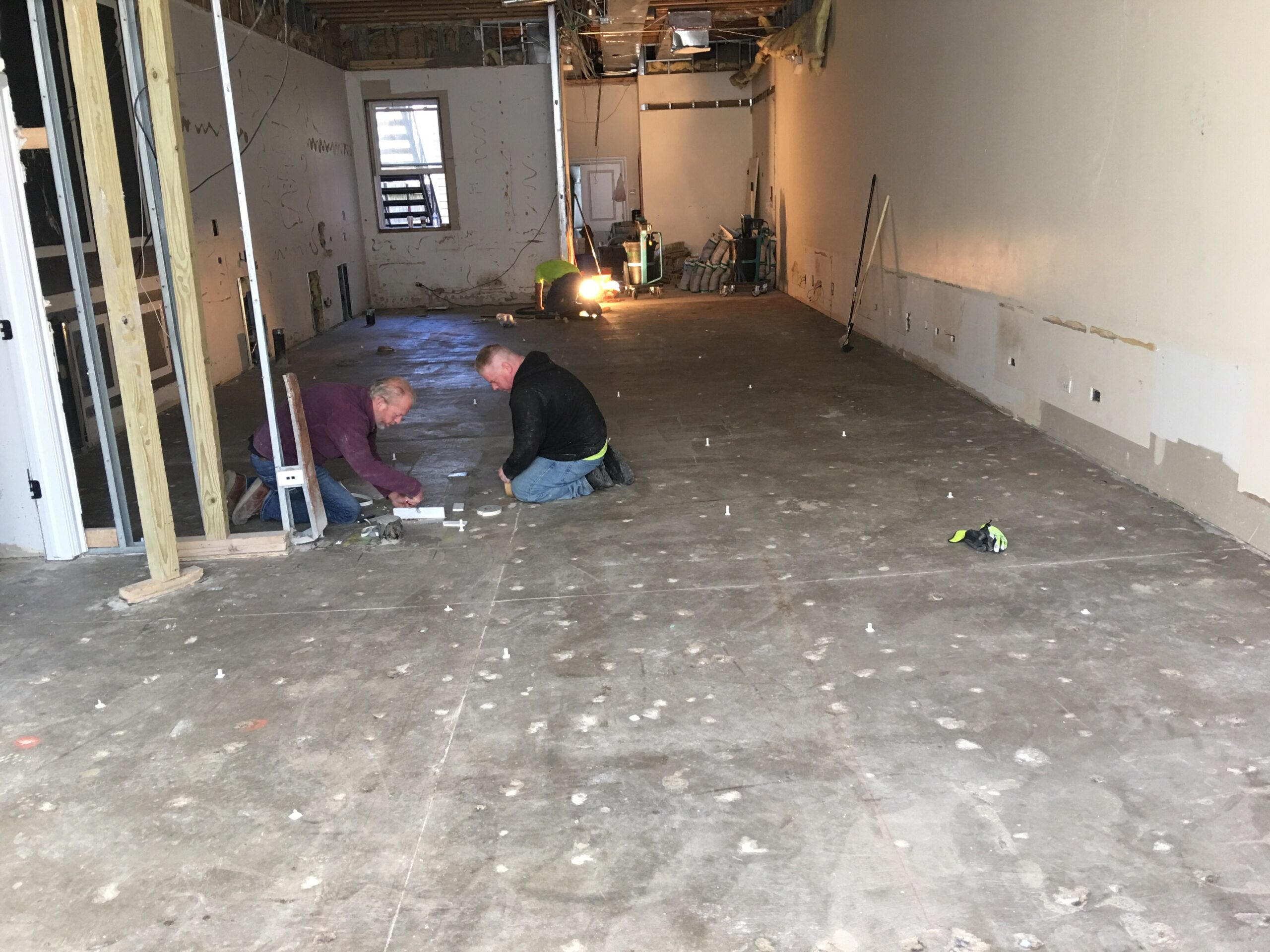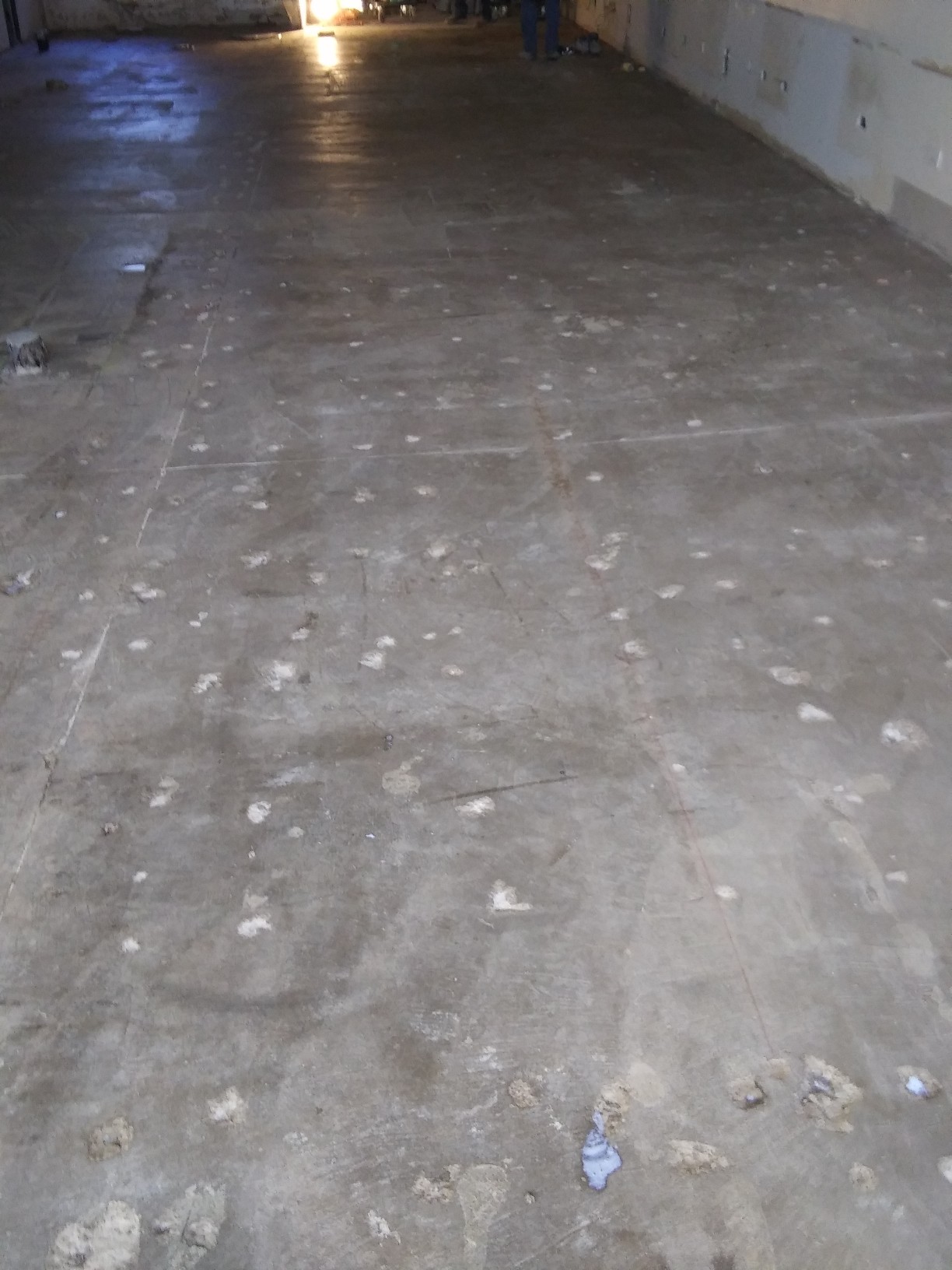Concrete In-Situ RH Testing: Friend or Foe?
Moisture-related flooring failures remain one of the most persistent and costly challenges in construction and renovation. Despite advances in testing methods and product technology, moisture issues continue to plague projects, resulting in expensive repairs, project delays, damaged reputations, and even legal disputes.
At the center of this ongoing problem lies a critical question: Is in-situ relative humidity (RH) testing in concrete a reliable friend—or a potential foe?
Understanding In-Situ RH Testing
Concrete in-situ RH testing—standardized under ASTM F2170—is currently the most widely used method for evaluating internal moisture levels before installing floor coverings. Its purpose is simple: provide an accurate measurement of the concrete’s internal RH to assess the risk of future moisture-related failures.
However, in practice, RH testing is often undermined by improper execution, misinterpretation of results, or misapplication of standards—turning this otherwise valuable tool into a liability.
The Importance of Moisture Control in Concrete
Moisture migration through concrete slabs has been studied for decades. Without a high-performance vapor retarder directly beneath the slab, moisture from the ground can rise and compromise even the most durable flooring systems.
ASTM standards such as E1745 (for vapor retarder performance) and E1643 (for installation) are critical to preventing this. Yet, in many cases, these best practices are either overlooked or improperly implemented in the field.
Key Historical Insights:
- 1954 Housing Research Paper: First documented the critical role of vapor barriers in controlling ground moisture.
- 1958 National Academy Study: Found that, without protection, RH beneath concrete slabs can reach 100%.
- 1965 Portland Cement Association: Identified that impermeable floor coverings trap moisture, raising in-slab RH.
- 1980 Lund Institute Research: Demonstrated that RH testing provides a more accurate representation of internal moisture than gravimetric methods.
- 1997 Goran Hedenblad Study: Introduced the 40% slab depth guideline for RH probes, post-floor covering installation.
Current Challenges in RH Testing
Despite clear standards and decades of supporting research, RH testing remains vulnerable to misuse. Common errors include:
- Testing without verifying the presence or condition of a vapor retarder.
- Taking readings before sensors have reached equilibrium.
- Treating RH values as fixed “snapshots” rather than part of a dynamic moisture profile—especially in older slabs.
- Relying solely on manufacturer-stated high RH tolerances in adhesives or flooring systems, which may provide a false sense of security.
Field experience consistently shows that older slabs—especially those poured before the widespread use of effective vapor barriers (pre-1996)—should never be assumed to be moisture-stable. Installing impermeable flooring on such slabs often causes internal RH levels to spike, triggering failure.
Best Practices for Reliable RH Testing
To ensure RH testing delivers accurate and actionable insights, professionals should:
- Verify the presence and integrity of a compliant vapor retarder in accordance with ASTM E1745.
- Allow time for sensors to equilibrate before taking readings.
- Thoroughly document testing procedures, site conditions, and ambient environment.
- Interpret results holistically, considering the construction timeline, environmental exposure, and slab history—not just the RH number.
Conclusion: Friend or Foe?
When used correctly, in-situ RH testing is an indispensable ally in flooring system success. But when misunderstood or misused, it becomes a deceptive foe—leading to costly, avoidable failures.
Ultimately, effective moisture management in concrete isn’t about shortcuts or hacks. It’s about respecting the science, paying attention to detail, and committing to best practices—from start to finish.


